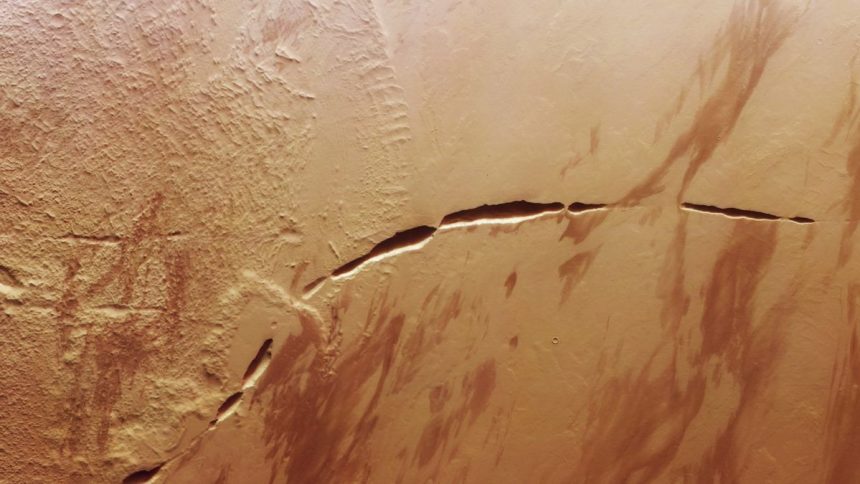Striking Image of an Incredible Scar on the Surface of Mars!
The surface of Mars is scarred. But few of its scars have ever been observed with the precision that Mars Express now offers on Aganippe Fossa.

The surface of Mars is scarred. But few of its scars have ever been observed with the precision that Mars Express now offers on Aganippe Fossa.

